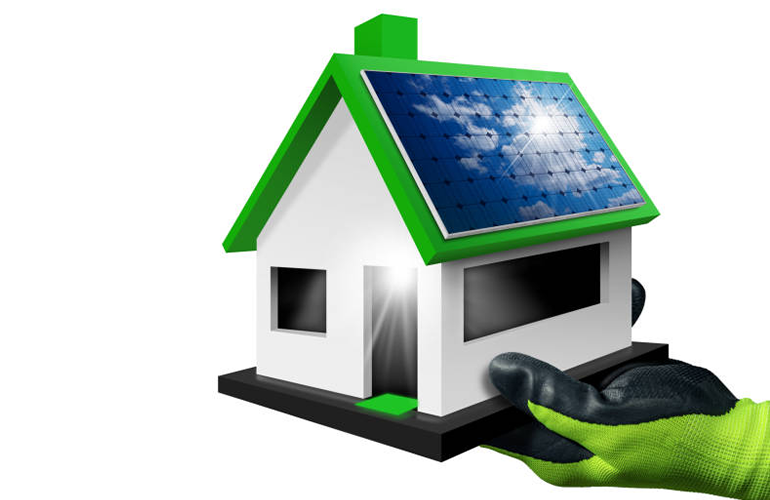In the transition towards a more sustainable and renewable energy future, solar panels and wind turbines stand out as two prominent options for generating clean electricity. Both technologies offer distinct advantages and considerations, making the choice between them a matter of careful evaluation and planning. In this blog post, we’ll explore the differences between solar panels and wind turbines, comparing their features, benefits, and applications to help you make an informed decision for your renewable energy needs.
Solar Panels: Harnessing the Power of the Sun
Solar panels, also known as photovoltaic (PV) systems, convert sunlight into electricity through the photovoltaic effect. These panels consist of solar cells made from semiconductor materials, such as silicon, which generate direct current (DC) electricity when exposed to sunlight. Here are some key features and benefits of solar panels:
Suitability: Solar panels are versatile and can be installed on rooftops, ground-mounted arrays, or integrated into building materials like solar shingles. They are well-suited for residential, commercial, and utility-scale applications, making them accessible to a wide range of users.
Low Maintenance: Solar panels require minimal maintenance, with no moving parts to wear out. Routine inspections and occasional cleaning are typically all that’s needed to keep the system running efficiently for decades.
Scalability: Solar panels can be easily scaled up or down to meet specific energy requirements. Whether you’re looking to power a single household or an entire industrial complex, PV systems can be tailored to suit your needs.
Wind Turbines: Capturing the Power of the Wind
Wind turbines, on the other hand, harness the kinetic energy of the wind to generate electricity. These tall structures feature rotor blades that spin when exposed to wind, driving a generator to produce electricity. Here are some key features and benefits of wind turbines:
High Energy Production: Wind turbines can generate significant amounts of electricity, especially in areas with strong and consistent wind resources. Large-scale wind farms can produce enough electricity to power thousands of homes and businesses.
Suitable for Rural Areas: Wind turbines are well-suited for rural and remote areas with ample wind resources. They can provide a reliable source of electricity for off-grid communities or supplement grid power in areas with limited access to electricity.
Economic Benefits: Wind energy projects can provide economic benefits to local communities, including job creation, land lease payments for landowners, and tax revenue for local governments.
Factors to Consider
When choosing between solar panels and wind turbines, consider the following factors:
Location: Assess the availability and consistency of sunlight and wind resources at your location to determine which technology is more suitable for your energy needs.
Space Availability: Consider the amount of available space for installing solar panels or wind turbines. Solar panels require unobstructed sunlight, while wind turbines need sufficient space for proper siting and clearance.
Cost and Financial Incentives: Compare the upfront costs and potential financial incentives, such as tax credits, rebates, and feed-in tariffs, for both solar and wind energy systems to determine the most cost-effective option for your budget.
Environmental Impact: Evaluate the environmental impact of both technologies, including land use, visual aesthetics, wildlife impact, and carbon footprint, to make an environmentally conscious decision.
Conclusion
In conclusion, both solar panels and wind turbines offer viable solutions for generating clean, renewable energy and reducing reliance on fossil fuels. The choice between them depends on various factors, including location, space availability, cost, and environmental considerations. By carefully assessing your energy needs and evaluating the pros and cons of each technology, you can make an informed decision that aligns with your sustainability goals and energy objectives. Whether you opt for solar panels, wind turbines, or a combination of both, embracing renewable energy is a positive step towards a cleaner, greener future for generations to come.


